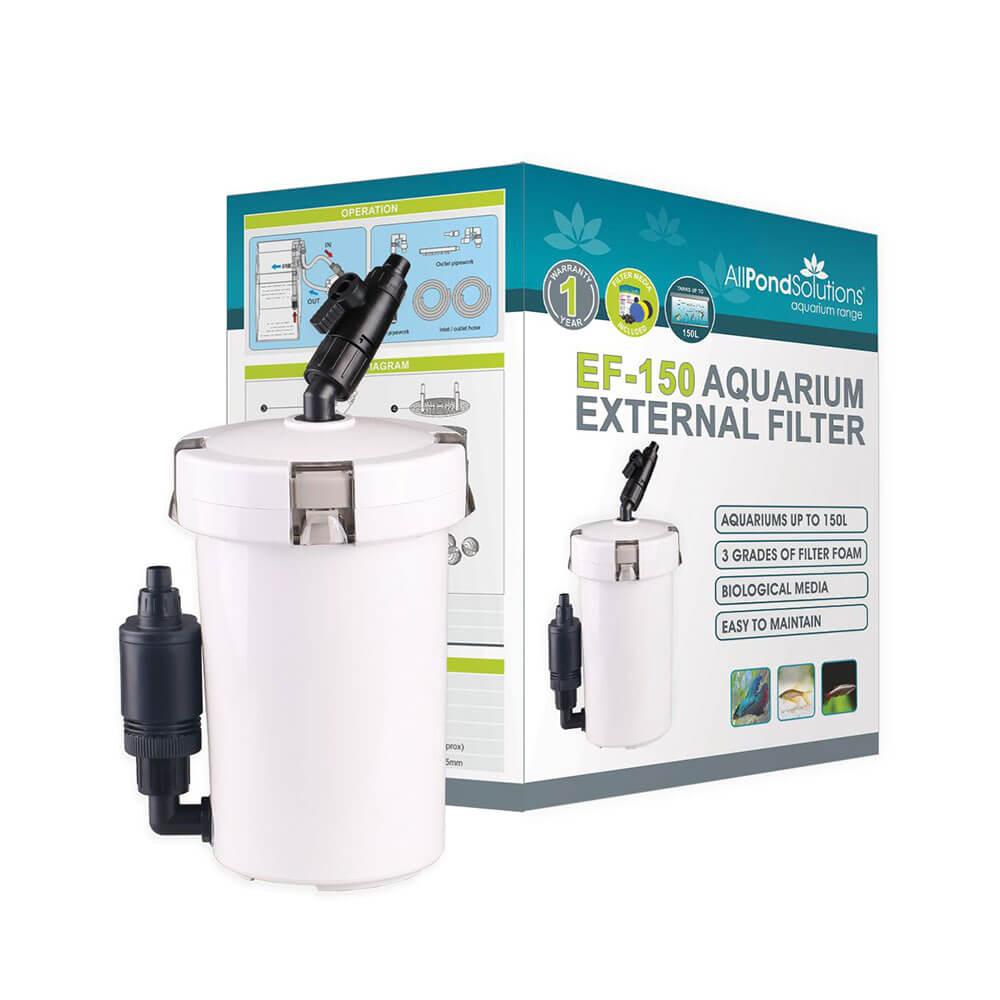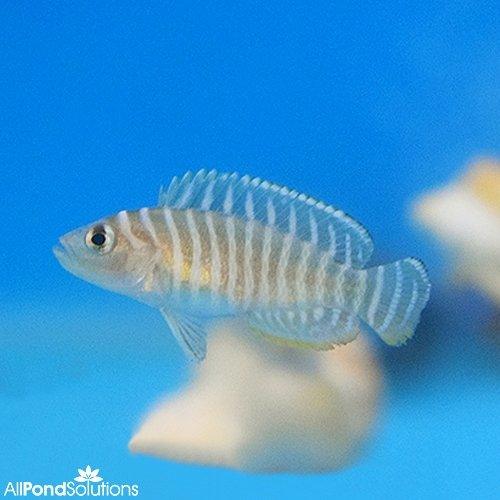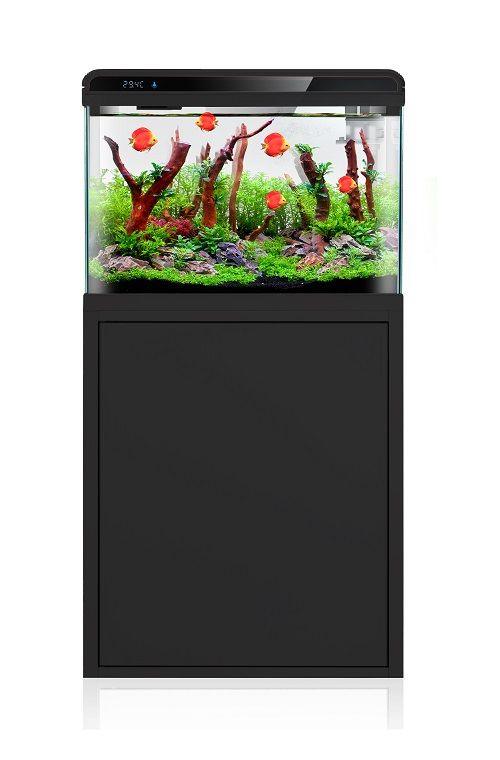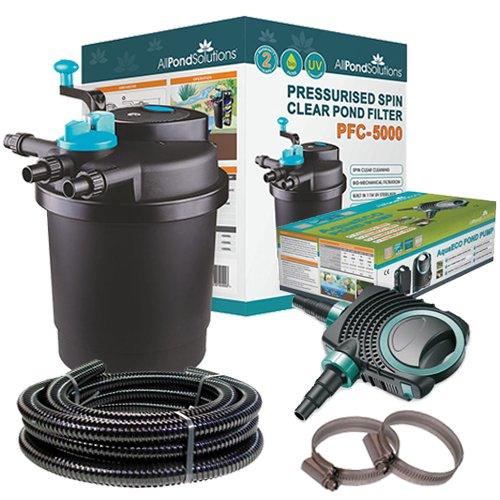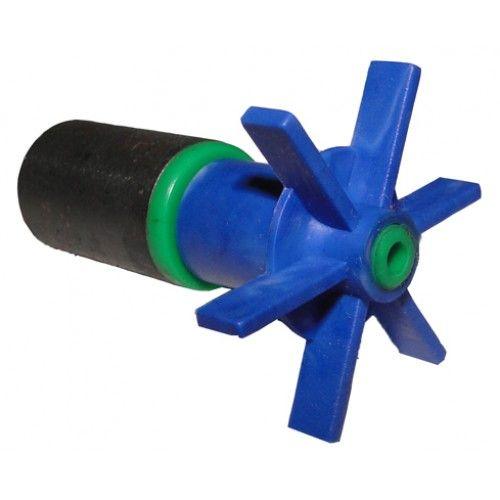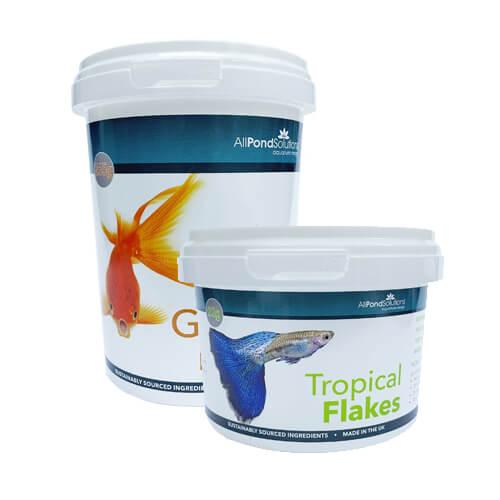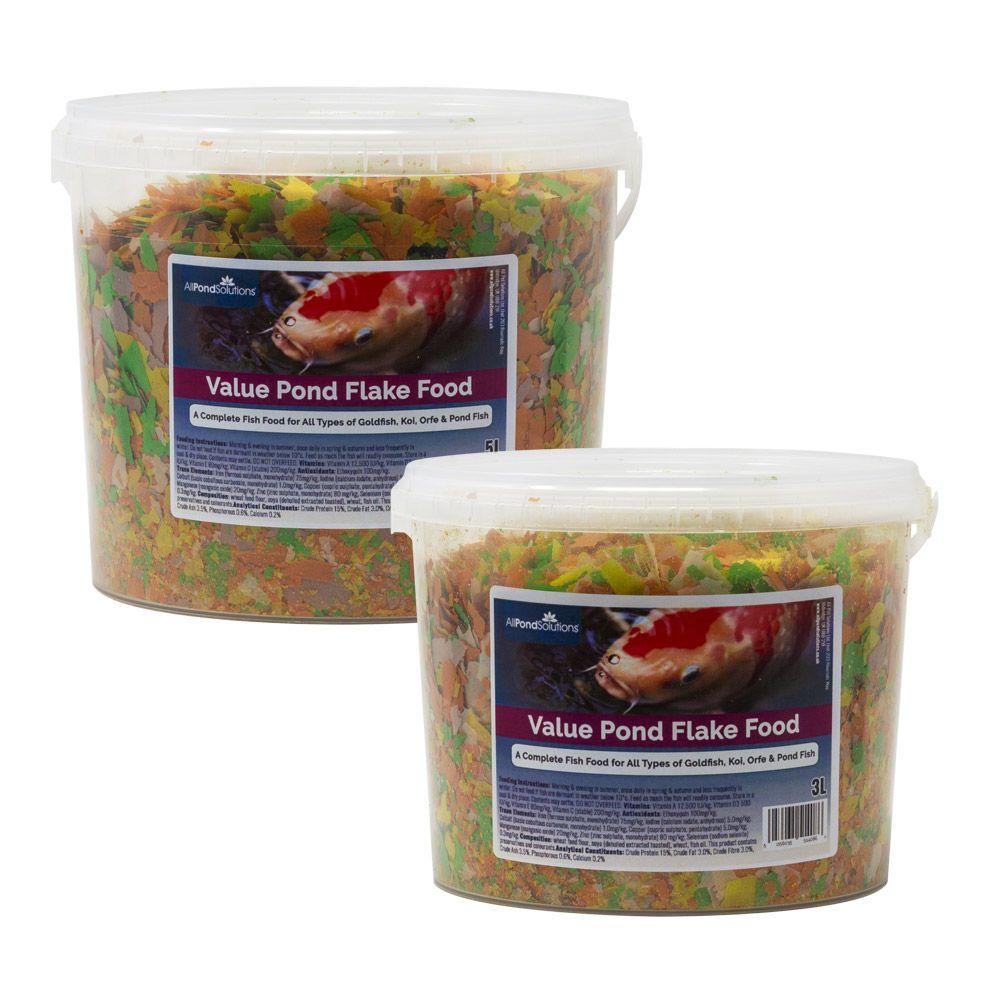Scientific Name: Neolamprologus similis
Please note – The image used above is for illustration purposes only; Size, colour and sex may vary. Many of our livestock species are sold as juveniles and have not yet reached their full size and colour potential. If you have any concerns about the size or colour of the livestock you wish to order, please contact our livestock team via our support centre before placing your order. Due to the large quantities of livestock orders daily, the livestock team will are unable to select fish / shrimp to meet specific gender or aesthetic needs.
Approximate purchase size : 3-4cm
All Pond Solutions will always endeavour to supply as close to the approximate size range as possible. Due to variations from suppliers on rare occasions this may not always be possible. Images used are to show the full potential of the fish when fully mature and are not always representative of juvenile specimens.
How hard are they to keep?
Moderate
What is its maximum size?
Males - 4.5cm; Females - 3.5cm
Where are they from?
Native to Lake Tanganyika
What is the ideal number to keep together?
If you are keeping multiple, have plenty of shells and try to keep more females than males to prevent fighting.
What water conditions do they require?
Water conditions should be kept between 7.5-9.0pH. Temperatures should range between 24-27°C.
What should you feed them?
Zebra Shell Dwellers should be fed a variety of frozen, live and sinking pellet foods for a varied diet. Being omnivores they will happily accept a range of foods.
How compatible are they with other fish?
They are territorial fish that will defend their shells. Provide plenty of space (at least 40 litres per pair) and plenty of shells in the tank.
How do you breed them?
An easy species to breed – they are shell brooders. Can be bred in the community tank but if you want to raise a full brood of these, a separate tank should be used. Provide plenty of snail shells, as the females will lay their eggs in these.
